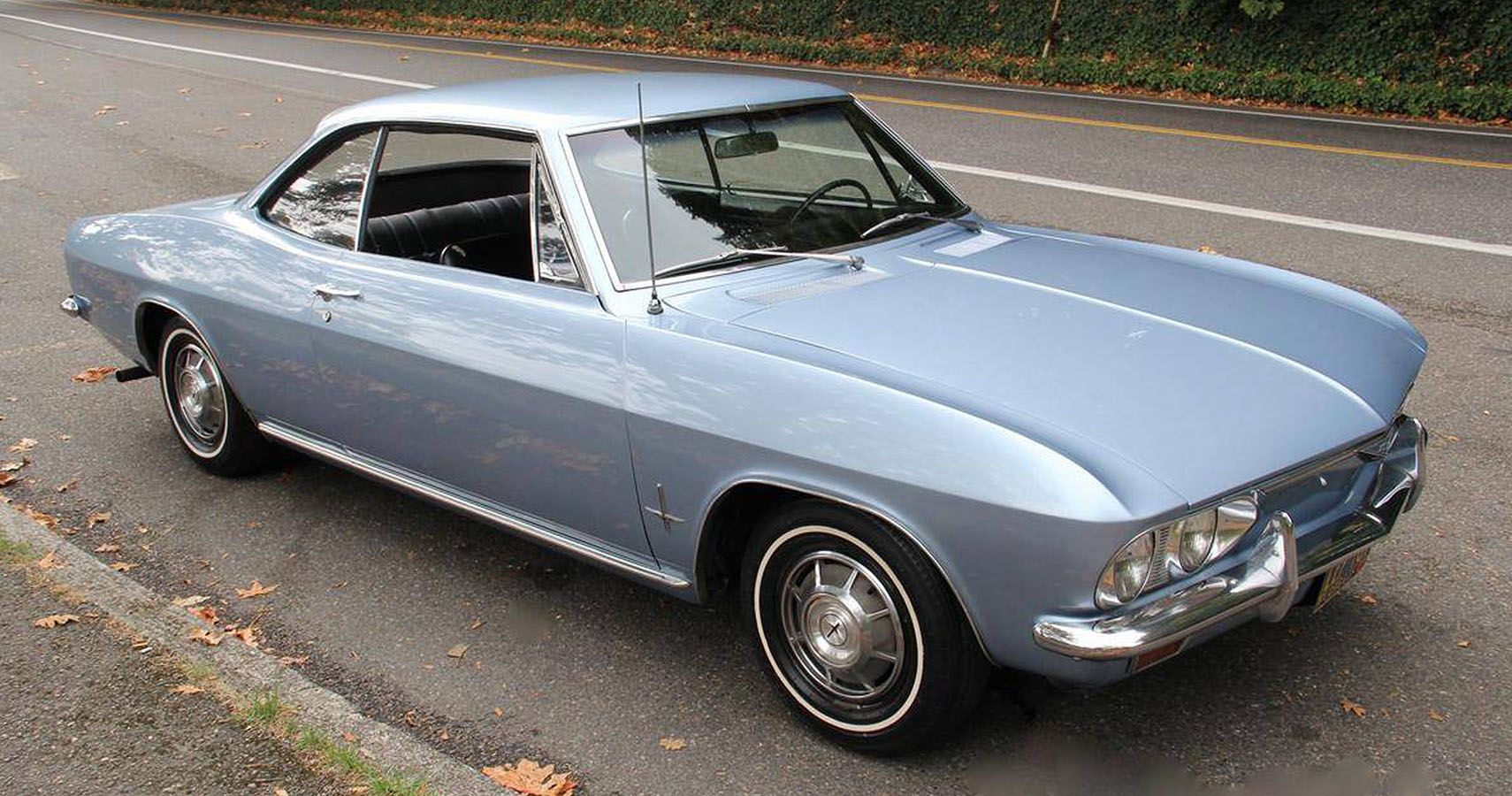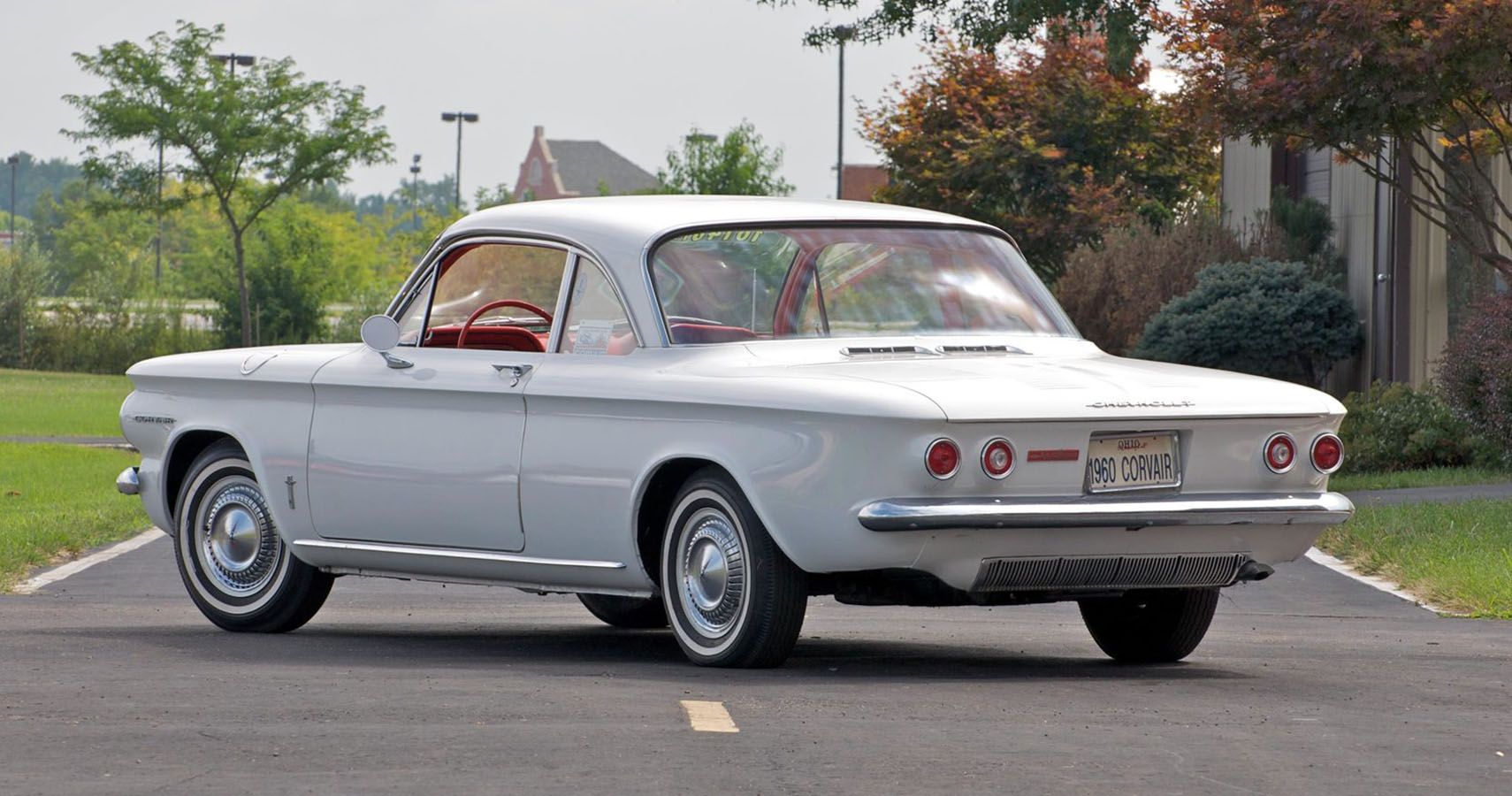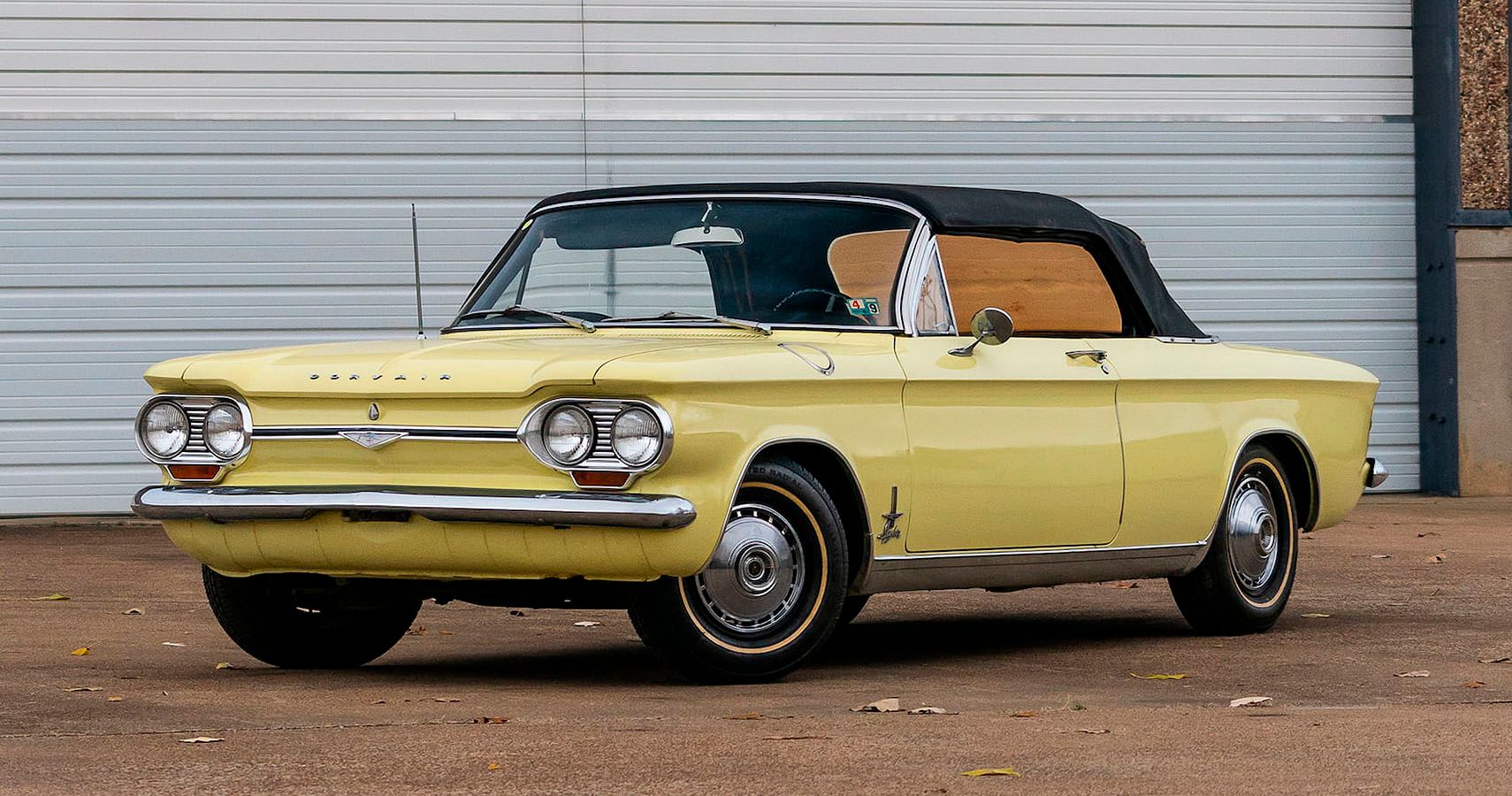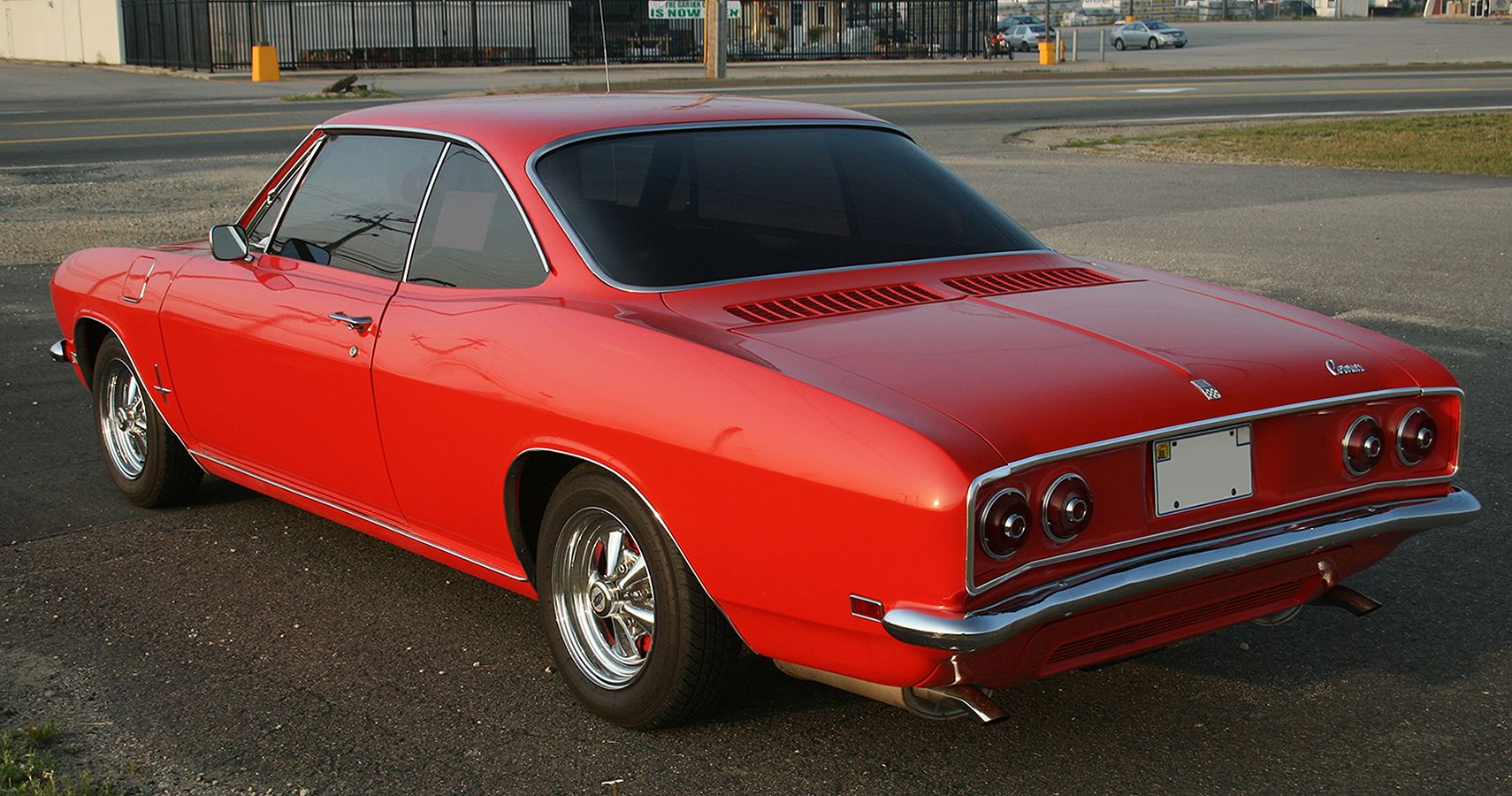The Chevrolet Corvair Monza high sales and then eventual slow death is a classic example of an automobile being ruined because it was ahead of its time, misunderstood and ruined by the words of a man who was considered an expert on cars.
Was the car flawed? Sure, but then again, there is no perfect car, the same way there is no perfect driver. But not all that was said about it held. For the people who bought the Corvair and the Corvair Monza, they were basically good cars that had their quirks.
Today, the Corvairs and the Corvair Monza, in particular, are greatly prized by a niche set of people who truly know what the car is worth and what all it can be coaxed to do.
Sadly, the bad press that the Corvair got sealed the Corvair Monza’s fate as well, and despite a keen interest in it, by 1969 it too had wrapped up. Here’s a look back at all that the Chevrolet Corvair Monza was, and wasn’t.
The Corvair, And The Corvair Monza
The Corvair was a step-forward from the cars made by the Detroit three. This was GM’s first unibody vehicle made with the US for mass production and actually beat the Corvette by being the first American post-war car to have independent front and rear suspensions. Another of its firsts was that it was the first mass-made American car to carry a rear-mounted air-cooled engine. The move was right, the Corvair was a compact car that fit in perfectly, with the growing demand for compact cars for all those who could not or did not want to get into the muscle car territory.
At the start itself, it came in third in sales, behind the Ford Falcon and the AMC Rambler. Further diversified into van and pickup truck platforms that went by the Greenbrier and Corvan names, the Corvair was now a car that could do a lot. It was a daily driver, or a versatile side or rear-loading truck, it could be a van and for the sport-minded, it was a sporty coupe that went by the name, Corvair Monza.
The Corvair Monza began life in 1960 itself as a two-door club coupe with bucket seats and the fast uptake of the car made Chevy realize its true potential. By 1961, the Monza trim was added to the four-door sedans as well.
The coolness of the car with its imitable style led fans to call it the “Poor Man’s Porsche”, and by 1961, half of all Corvairs sold were Corvair Monzas. In 1962, a Chevrolet Corvair Monza wagon also came to the fore. At the same time, Chevrolet decided to up the sporty game by introducing the Chevrolet Corvair Monza Spyder, a convertible with a turbocharged engine that made 150 horses – giving a respectable performance for little monies.
By 1963, 80% of all Corvairs sold were a Corvair Monza, and out of these 20% were Monza convertibles. By 1964, Plymouth came with the Barracuda, and on its heels came the Corvair killer, the Ford Mustang. Sales dropped and adding to the spinning loss was the book "Unsafe At Any Speed".
The Takedown Of The Corvair
In 1965, consumer advocate and political activist Ralph Nader published his take on the ditzy world of American automobiles, "Unsafe at any Speed". He claimed that the Corvair was "the most dangerous automobile on the road" in the ‘60s and dubbed it a "one-car accident".
The reasoning behind his declaration was that the Corvair had a swing-axle suspension that needed different front and rear tire pressures for perfect functioning, something Corvair owners often did not heed. The rear engine meant the Corvair could spin-out at high speeds and it came minus a roll bar, thus putting passengers at risk in case of a rollover. The single-piece steering column was considered to be another impact hazard.
In response to all that bad press, GM redesigned the suspension of the Corvair but sales continued to spiral down, enough for GM to retire the Corvair nameplate in 1969. The NHTSA denounced Nader’s findings of the Corvair in 1972, calling it a fairly stable and safe car. But the damage to the Corvair's name had been done and it stayed sullied for many a year to come.
Enthusiasts Keep The Corvair Monza Alive
By all accounts, the Corvair and the Corvair Monza are no more unsafe than is any other car on the road. The engine did have its quirks and critics were quick to note that it was prone to oil leakage, while the heating system spread toxic fumes in the cabin at the times. The shiny dashboard was another issue because it caught the sun and blinded the driver at times for a few moments.
But it remains a cool car, and a classic whose prices are on the rise. While just a few years ago you could get a Chevy Corvair Monza for less than $5,000, prices have now crossed $10,000 for a viable model. Clearly, Corvair Monza’s day has come…
Sources: Bloomberg, Hagerty




